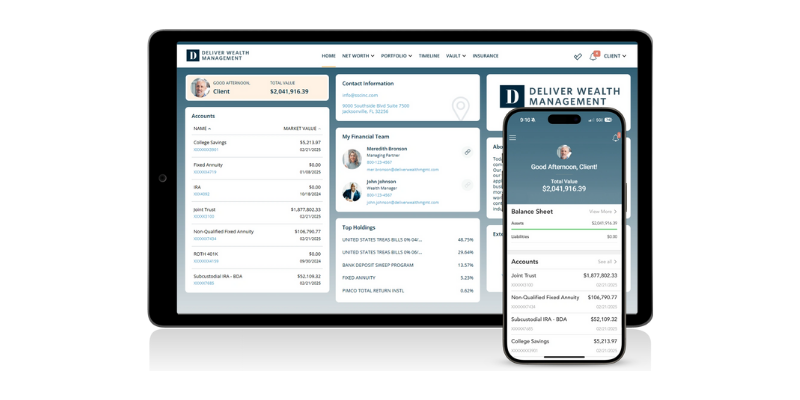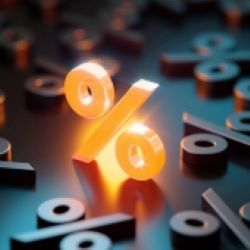At the simplest level, an investment portfolio generally consists of three components: cash, stocks and bonds. You need to hold bonds in your portfolio for a number of reasons, primarily for capital preservation and yield; this article will look at these points in more detail.
A bond is an obligation used by large entities to raise money; it’s similar to a loan. In exchange for borrowing funds over a predetermined period of time, the issuer pays a coupon, or interest, to the bondholder over the life of the bond. At the end of that period, the bond’s maturity date, the initial funds borrowed are returned to the bondholder. For example, Coca-Cola could issue $100 million in five-year bonds at an interest rate of two percent per year; they would pay bondholders $2 million in interest in each of the next five years and return the $100 million at maturity.
The main difference between a bond and stocks is where they reside in a company’s capital structure: in the event that something goes wrong, shareholders are the first to pay the price. Bondholders, on the other hand, have a senior claim on the assets of the business. In the event of a bankruptcy filing, they will be paid in full before the equity investors receive a single penny. The investors that take the least amount of risk are paid first. Stockholders will make the most money if the company does well – but they lose the most if it does poorly.
Bonds are less volatile than stocks. Based on an individual’s risk tolerance and their age, among other factors, the benefit of lower portfolio volatility can be meaningful. The second factor – age – is worth discussing further. As investors near retirement, they reach a point where they plan on drawing down on the investments they’ve accumulated over time. Imagine that you enter this period with 100 percent of your portfolio in stocks. As noted above, stocks are more volatile than bonds. The S&P 500, for example, fell by 37 percent in 2008. If you were fully invested, a million dollar portfolio would’ve been worth $630,000 at year-end. Now assume you need $50,000 a year for living expenses. You thought you would draw about five percent of your account value at the start of the year; instead you would need to pull out 7.5 percent of the total. Starting with a million dollars, you would have just over $550,000 a year later.
Now consider another portfolio with 50 percent in bonds. Let’s assume the bonds yield 3 percent. When the S&P 500 falls 37 percent, stocks still take a big hit – down to $315,000. The bond portfolio, on the other hand, provides needed stability. In addition, it generates interest income, which helps cover outflows. In this scenario, the portfolio would be worth more than $750,000 after drawing living expenses. The result is higher stability; depending on your age and financial position, that could be an important component of funding expenses in retirement while protecting your nest egg.
At Davis Capital Management, we also use a bond ladder strategy, which offers additional benefits to investors. The purpose of the ladder is to buy bonds with maturities up to ten years into the future. For example, a bond for each individual year from 2016 to 2025. Every year the nearest bond rung on the ladder matures. At that point, we take the proceeds and reinvest them to fill in the empty rung(s) as needed – most likely the furthest year out on the ladder.
Because we are buying bonds annually and hold them to maturity, we’re less susceptible to the near term impact of changing interest rates, primarily reinvestment risk. We capture the higher yields on longer dated bonds while still having the liquidity offered by annual maturities. The end result is more consistent yields for the bond component of the portfolio over time. This is another way that we can avoid surprises when building a portfolio and forecasting future returns.
In summary, the inclusion of bonds in a portfolio offsets some of the volatility from stocks while also providing a source of cash flow through interest income. A bond ladder results in a more stable average yield, allowing for effective planning in retirement and reducing reinvestment risk. Because of these benefits, bonds play an important role in portfolio construction.




